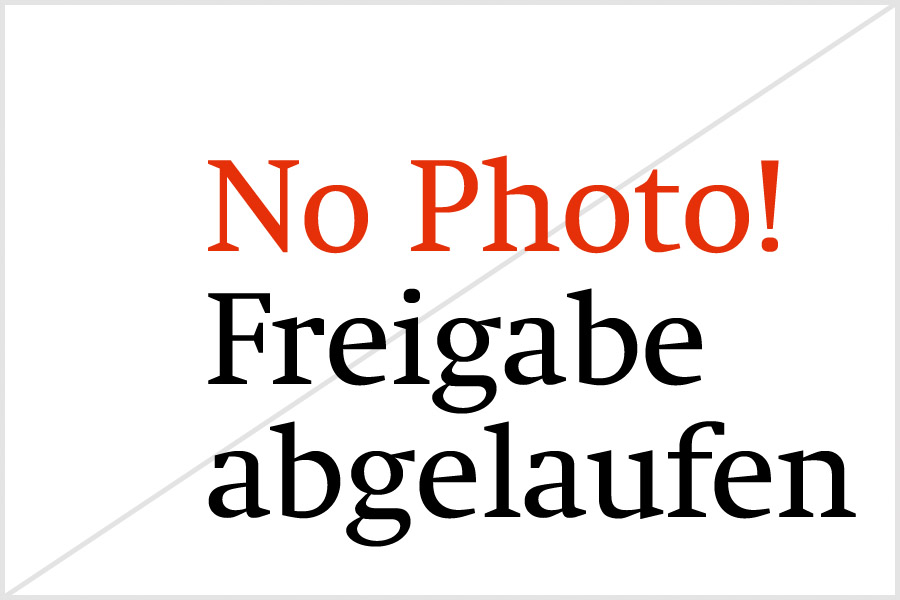5 Questions to Dirk Braeckman
In the Marta exhibition “Deceptive Images”, the atmospheric work of Dirk Braeckman provides some intriguing moments. An essential moment of this work lies in the dark room. In this interview, the artist answers our questions.
You originally wanted to be a painter. How did it come about that you then studied photography? And what do you like in particular about this medium?
Before I began studying at the academy, I hung out with many painters at the time and I took up painting myself. One day, one of my friends asked me: “Why don’t you go study a year of photography first at the academy?” Unlike all of my classmates, I didn’t know anything about photography, had never been in a dark room and didn’t own a big camera or anything like that. In no time, I was hooked by the medium and the way it captured reality. Many painters at the time were inspired a great deal by photography, most famously among which was without a doubt Gerhard Richter. I sought to approach photography the way they approached painting. That’s how I started; I’m still a painter at heart.
An essential moment of your work lies in the dark room. What exactly do you do there?
Photography, for me, always lacked the sort of physical involvement I knew from painting. So I set out to build a large dark room, where I could make huge prints and work on formats similar to those painters were using. More than the technical aspects of photography, I was interested in the physical act of developing the image. I began to interfere in the developing process, using different means, from chemicals to brushes and various light sources. Much like painting, I wanted the works to come about somehow accidentally and I began to develop my own signature.
Your works are characterized by a certain blurriness. Do you see in this a connection to pioneering photographers such as Julia Margaret Cameron or Edward Steichen, whose photographs are admired worldwide because of their painterly qualities? Or are there other historical models?
I have been influenced by many photographers and all of photography’s history, but not particularly by the pioneering photographers I would say. Most importantly for me, was the work of the American photographers from the ’50 and ’60, such as Robert Frank, Robert Adams and Garry Winogrand. Especially a quote by a latter — probably more than his work — left a lasting impression on me: ‘I photograph to see what the world looks like photographed.’
In your opinion, what are the main similarities and differences between painting and photography?
Obviously, light plays a very important role for both painting and photography. The way they create images using different shades, tones, hues, and contrasts is similar. What sets them truly apart has become increasingly apparent in contemporary painting, where painting deviates from reality as it has never done before and in ways infeasible to photography. It makes the two mediums utterly different. And also the fact that painting is more 3D in way; something I have strived to recreate in my photographs since the beginning of my career as well.
To what extent do digital technologies play a role in your work?
I have never shied away from incorporating digital technologies in my work. I started out with analogue photography, and it’s simply still what I’m most familiar with. Yet, more than ever, I’m actually trying to incorporate digital techniques into my work. I like to both (re)photograph and/or print analogue prints digitally and vice versa. Both have their own advantages and unique aspects, and I’m combining them as it suits me.


